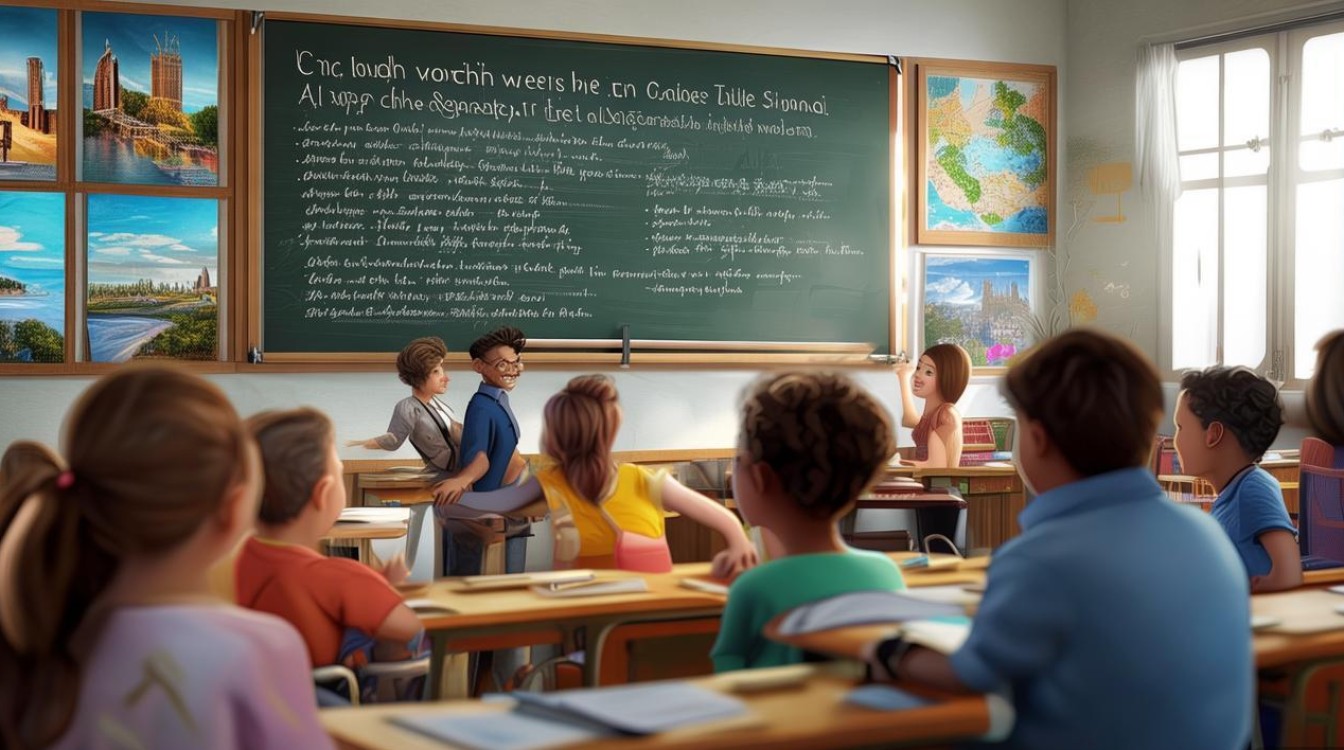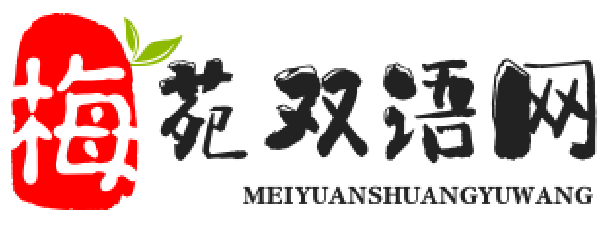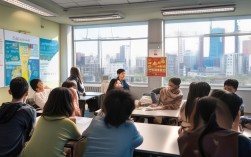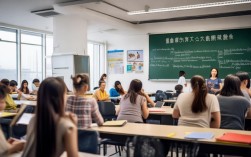口语教学主题:Travel (旅行)
这个主题贴近生活,趣味性强,能激发学生表达欲望,同时涵盖大量实用词汇和表达方式。

教学目标
- 初级:
- 能谈论基本的旅行计划(去哪里、和谁、多久)。
- 能询问和提供简单的旅行信息(交通、住宿、景点)。
- 掌握与旅行相关的核心词汇。
- 中级:
- 能详细描述一次旅行经历(时间、地点、做了什么、感受)。
- 能表达个人偏好和做出建议(喜欢/不喜欢,推荐/不推荐)。
- 能处理旅行中可能遇到的简单问题(迷路、订错房间等)。
- 高级:
- 能深入探讨旅行的意义、文化冲击、个人成长等抽象话题。
- 能流利、有逻辑地比较不同旅行方式的优劣。
- 能使用更丰富的词汇和复杂的句式进行辩论和观点陈述。
教学流程与活动设计 (以一堂60-90分钟的中级课程为例)
第一阶段:热身与导入 - 约10分钟
- 目标: 激活背景知识,引入主题。
- 活动1: 快速问答
- 教师提问:
- "Do you like traveling? Why or why not?"
- "What's the best place you've ever visited?"
- "What's your dream destination?"
- "What do you usually do to prepare for a trip?"
- 学生活动: 自由回答,教师用鼓励性语言和肢体动作回应,并记录关键词在白板上(如: beach, culture, budget, packing, itinerary)。
- 教师提问:
第二阶段:词汇与短语输入 - 约15分钟
- 目标: 系统学习与旅行相关的核心词汇和实用表达。
- 活动2: 分类词汇墙
- 教师引导: "Let's think of words and phrases related to travel. Let's put them into categories."
- 分类建议(在白板上画出几个区域):
- Types of Travel (旅行方式): backpacking, sightseeing, business trip, city break, all-inclusive resort, road trip...
- Accommodation (住宿): hotel, motel, B&B (Bed & Breakfast), hostel, guesthouse, Airbnb, check-in/out, reception...
- Transportation (交通): flight, train, bus, subway, taxi, rental car, take a cab, catch a train, delayed, direct flight...
- Activities & Sights (活动与景点): tourist attraction, landmark, museum, go hiking, try local cuisine, take photos, souvenir...
- Useful Phrases (实用短语):
- Planning: "I'm planning a trip to...", "What's the best time to visit...?", "How much does a ticket cost?"
- Experiences: "It was breathtaking/amazing/disappointing.", "I got lost.", "The food was delicious."
- Opinions: "I prefer... to...", "I'd recommend...", "If I were you, I would..."
- 学生活动: 分组讨论,每组负责一个类别,想出尽可能多的词汇,然后派代表上台书写。
第三阶段:核心技能练习 - 约30分钟
-
目标: 通过情景对话和角色扮演,将所学词汇和句型应用到实际交流中。
-
活动3: 情景对话 - At the Travel Agency (在旅行社)
- 分组: 两人一组,一人扮演旅行社工作人员,一人扮演顾客。
- 任务: 顾客想咨询一个为期5天的旅行目的地(如:日本京都、泰国普吉岛、意大利罗马),工作人员需要根据顾客的需求(预算、兴趣、旅行方式)给出建议。
- 对话框架(教师提供):
- Customer: "Hi, I'd like to plan a 5-day trip. Can you recommend a destination?"
- Agent: "Of course! What kind of experience are you looking for? Are you interested in culture, beaches, or maybe food?"
- Customer: "I love history and good food. My budget is around..."
- Agent: "In that case, I'd highly recommend Kyoto, Japan. You can visit ancient temples and try amazing ramen and sushi..."
- 学生活动: 准备5分钟,然后进行对话,教师巡视,提供帮助并纠正错误。
-
活动4: 角色扮演 - Dealing with a Problem (处理问题)
- 分组: 两人一组。
- 情景A: 你的酒店房间预订错了,或者房间设施有问题(如空调坏了、有噪音),你需要去前台沟通。
- 情景B: 你在街上迷路了,需要向路人问路。
- 语言提示:
- Asking for help: "Excuse me, could I trouble you for a moment?", "I seem to be lost."
- Explaining a problem: "I'm sorry, but there seems to be a problem with my room.", "The air conditioner isn't working."
- Making a request: "Could you possibly change my room?", "Could you show me on the map how to get to...?"
- 学生活动: 准备并表演,鼓励学生加入细节,让对话更真实。
第四阶段:自由输出与巩固 - 约15分钟
-
目标: 鼓励学生进行更自由、更具创造性的表达,巩固所学内容。
-
活动5: My Perfect Trip (我的完美旅行)
- 任务: 让学生想象一次“完美旅行”,并准备一个1-2分钟的简短演讲。
- 演讲要点提示:
- Where? (Where are you going?)
- Who? (Who are you traveling with?)
- How? (How will you travel? Where will you stay?)
- What? (What are the top 3 things you want to do or see?)
- Why? (Why is this trip perfect for you?)
- 学生活动: 先独自思考,然后可以和同桌分享,最后邀请2-3位同学在全班面前分享,教师给予积极反馈。
第五阶段:总结与作业 - 约5分钟
- 教师快速回顾本节课学到的核心词汇和实用表达。
- 表扬学生的积极参与和进步。
- 作业:
- 选项1 (写作): Write a short paragraph (about 150 words) about your last vacation or your dream trip.
- 选项2 (口语): Record a 1-minute audio or video, describing your best travel memory.
- 选项3 (研究): Research the top 3 tourist attractions in a city you want to visit, and be ready to present it in the next class.
教学资源与工具
- 白板/黑板: 用于词汇分类和记录关键句型。
- 图片/视频: 展示世界各地的著名景点、不同交通工具、酒店房间等,视觉刺激有助于记忆。
- 角色扮演卡片: 打印好的情景卡片,上面写明角色和任务,增加趣味性。
- 地图: 一张世界地图或中国地图,用于讨论目的地和问路活动。
- 在线工具: 可以使用Google Earth进行虚拟旅行,或使用在线对话练习工具。
不同级别调整建议
- 初级调整:
- 词汇: 聚焦最核心的词汇(如: go, plane, hotel, food, happy, sad)。
- 活动: 简化为“看图说话”(Describe what you see in this picture.)、“选择填空”(A: Do you want to go by bus or ___? B: By train.)。
- 输出: 要求更简单,比如用 "I went to..." "I saw..." "I ate..." 来描述。
- 高级调整:
- 词汇: 引入更抽象和高级的词汇(如: wanderlust, serendipity, cultural immersion, off the beaten path, sustainable tourism)。
- 活动: 引入辩论("Is tourism good for local culture?")或小组讨论("What are the pros and cons of solo travel vs. group travel?")。
- 输出: 要求学生就旅行相关的社会现象、文化差异等发表深度见解,并使用复杂的句式和连接词。
通过这样一套结构化的教学设计,不仅能让学生











